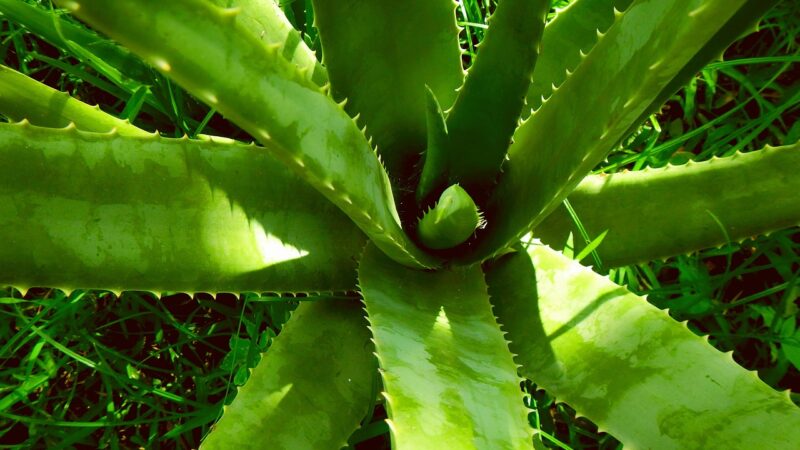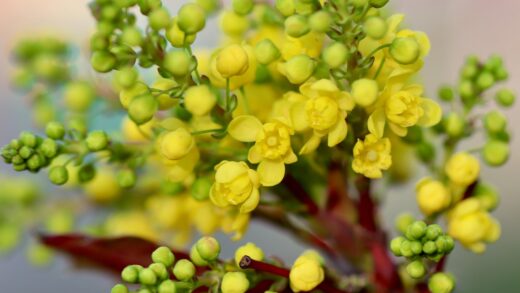The pruning and cutting back of aloe vera

Pruning is an essential, though often overlooked, aspect of Aloe vera care. While these hardy succulents do not require the frequent and intensive pruning that many other plants do, occasional trimming and cutting back can significantly contribute to the plant’s health, appearance, and productivity. The primary purposes of pruning an Aloe vera are to remove dead or damaged parts, to encourage new growth, to maintain a desirable shape and size, and to harvest the valuable gel-filled leaves. A well-pruned plant is not only more aesthetically pleasing but also less susceptible to diseases and pests, as removing unhealthy foliage improves air circulation and eliminates potential breeding grounds for pathogens.
The process of pruning an Aloe vera is straightforward and requires only a few simple tools. A clean, sharp knife or a pair of pruning shears is essential to make clean cuts that will heal quickly and minimize the risk of infection. It is important to sterilize your tools before and after use, especially if you are working with multiple plants, to prevent the spread of any potential diseases. The best time to prune is during the plant’s active growing season in the spring or summer, as it will be able to recover more quickly from the trimming.
One of the most common reasons for pruning an Aloe vera is to remove the outer, older leaves that may have become yellowed, withered, or damaged. These leaves are no longer contributing to the plant’s health and can detract from its appearance. Removing them allows the plant to direct its energy towards producing new, healthy growth in the center of the rosette. This type of maintenance pruning can be done at any time of year as needed.
Beyond simple maintenance, pruning can also be a way to manage the size of your plant or to harvest its leaves for their medicinal and cosmetic properties. When harvesting, it is best to take the mature, outer leaves, as they contain the highest concentration of the beneficial gel. By following a few basic principles, you can prune your Aloe vera in a way that promotes its health and provides you with a sustainable supply of its valuable leaves.
Reasons for pruning
There are several key reasons why you might need to prune your Aloe vera plant. The most common and important reason is to remove any dead, damaged, or diseased leaves. Leaves that are brown, yellow, mushy, or have spots on them should be removed promptly. This not only improves the plant’s appearance but also prevents the potential spread of disease to the rest of the plant. A clean plant is a healthy plant, and removing unhealthy foliage is a crucial first step.
More articles on this topic
Another reason for pruning is to control the size and shape of the plant. Over time, an Aloe vera can become quite large and may outgrow its space. Pruning can help to keep it at a more manageable size. You can remove some of the outer leaves to reduce its overall width. If the plant has produced a long, bare stem, you may even consider a more drastic form of pruning, known as beheading, where you cut off the top rosette and reroot it to create a more compact plant.
Pruning is also the method by which you harvest the leaves for their gel. If you are growing Aloe vera for its practical uses, you will be regularly pruning the plant to access the gel inside the leaves. This is a sustainable way to use the plant, as it will continue to produce new leaves from the center to replace the ones you have harvested. This regular harvesting also serves as a form of maintenance pruning, helping to keep the plant tidy.
Finally, pruning can be used to remove the pups or offshoots that grow around the base of the mother plant. Separating these pups is a form of propagation, allowing you to create new Aloe vera plants. It also helps to prevent the main plant from becoming overcrowded, which can lead to competition for resources and reduced air circulation. Removing the pups gives the mother plant more energy to focus on its own growth.
How to prune aloe vera correctly
To prune your Aloe vera, you will need a clean, sharp cutting tool. A sharp knife, razor blade, or a pair of pruning shears will work well. It is very important that your tool is sharp to ensure a clean cut, which will heal faster and be less prone to infection than a ragged tear. Before you begin, sterilize your cutting tool by wiping it down with rubbing alcohol or a bleach solution. This will prevent the introduction of bacteria or fungi into the plant.
More articles on this topic
Identify the leaves you want to remove. For general maintenance, look for the leaves at the very bottom of the plant. These are the oldest leaves and are the most likely to be yellowing or dying back. If you are harvesting a leaf for its gel, choose a thick, plump leaf from the outer part of the plant. These mature leaves will have the most gel. Avoid taking leaves from the center of the plant, as this is where the new growth emerges.
When you are ready to make the cut, slice the leaf as close to the main stem as possible. Make a clean, swift cut straight across the base of the leaf. Do not try to pull or twist the leaf off, as this can damage the stem and create a larger wound that is more susceptible to rot. The goal is to remove the entire leaf right down to the stem.
After you have pruned the plant, it is normal for the cut on the stem to ooze a bit of sap. This will dry and form a callus over a few days. It is best to keep the wound dry until it has healed to prevent rot. If you have removed a significant number of leaves, you may want to reduce watering slightly for a week or two to give the plant time to recover.
Pruning aloe vera flowers
Under the right conditions, a mature Aloe vera plant may produce a flower stalk, usually in the late spring or early summer. The plant sends up a tall, slender stalk from the center of the rosette, which is topped with a cluster of tubular, yellow or orange flowers. While the flowers can be quite attractive, they do require a significant amount of energy from the plant to produce and sustain.
Once the flowers have finished blooming and have started to wither and die, it is a good idea to prune off the entire flower stalk. The stalk will not produce any more flowers, and leaving it on the plant will just continue to drain energy that could be used for leaf growth. Pruning the spent flower stalk will encourage the plant to refocus its resources on producing new, healthy leaves.
To prune the flower stalk, use a clean, sharp knife or pruning shears. Cut the stalk off at its base, as close to the main plant as you can get without damaging the central leaves. The stalk is usually quite tough, so you will need a sharp tool to make a clean cut. After you have removed the stalk, the plant will heal over the cut on its own.
Some growers choose to remove the flower stalk as soon as it appears, even before the flowers have a chance to bloom. The reasoning behind this is to conserve the plant’s energy for leaf and pup production, which is often the primary reason for growing Aloe vera. Whether you let the flowers bloom or prune the stalk early is a matter of personal preference. Neither choice will harm the plant.

















